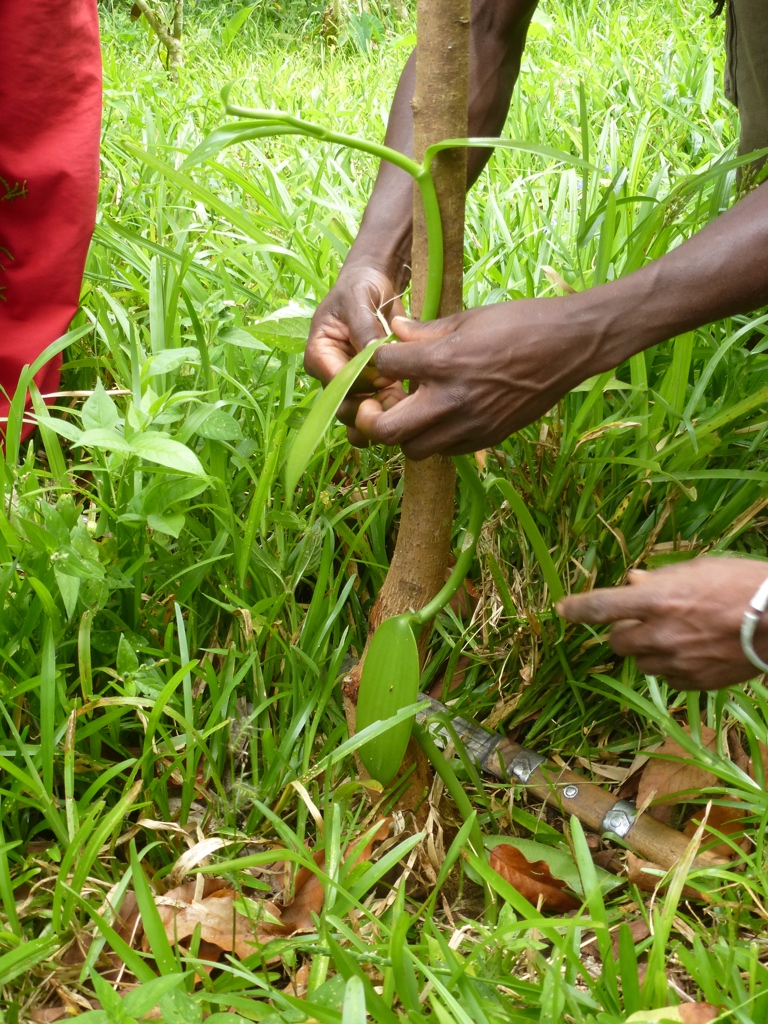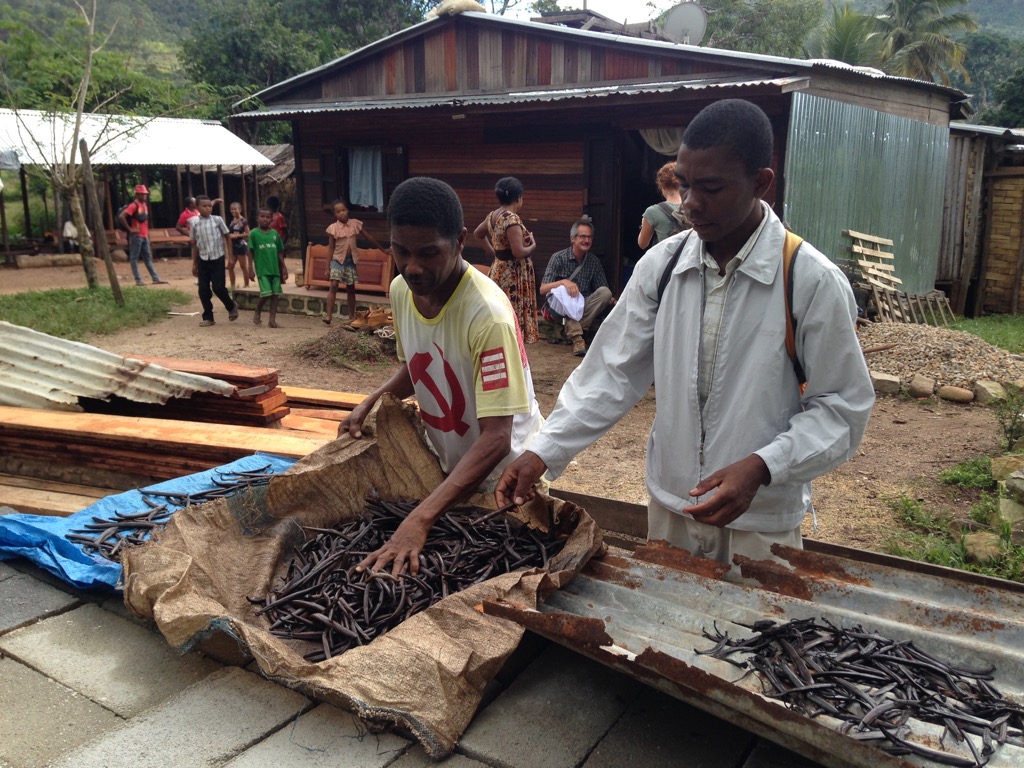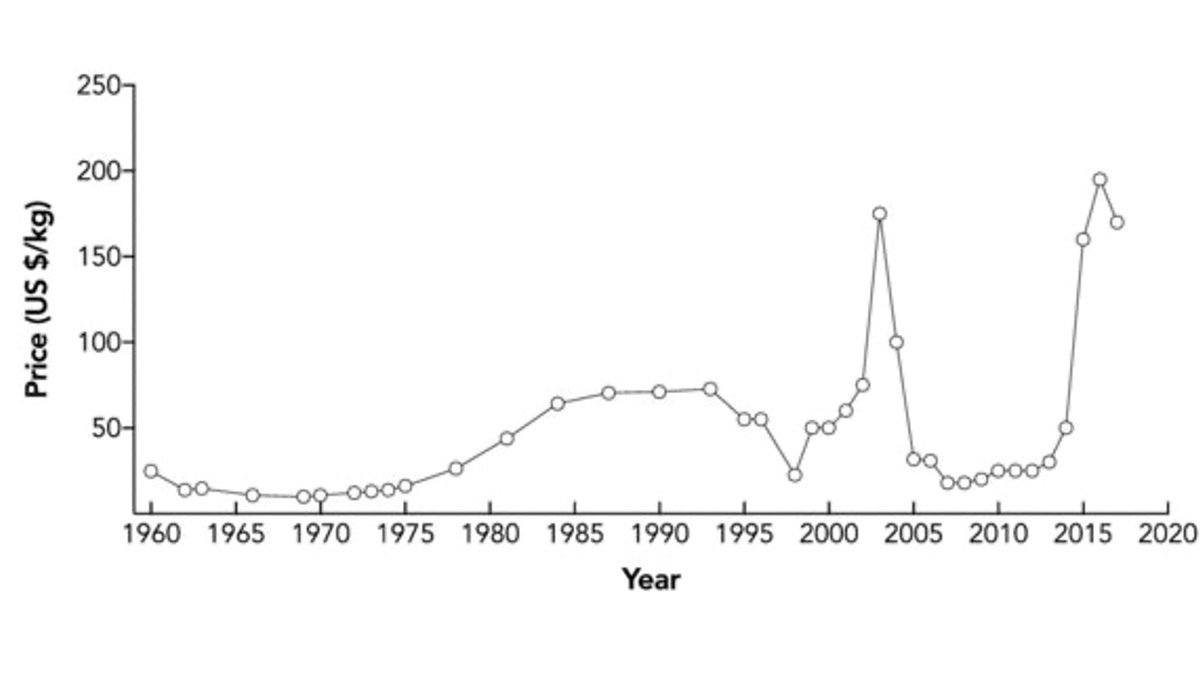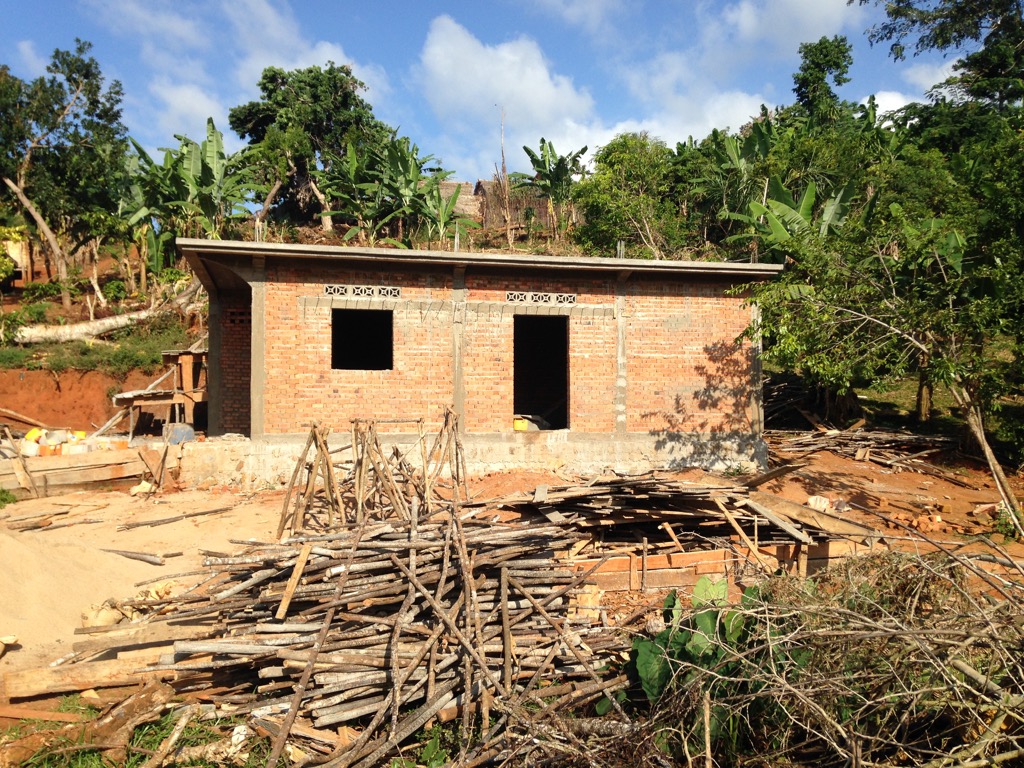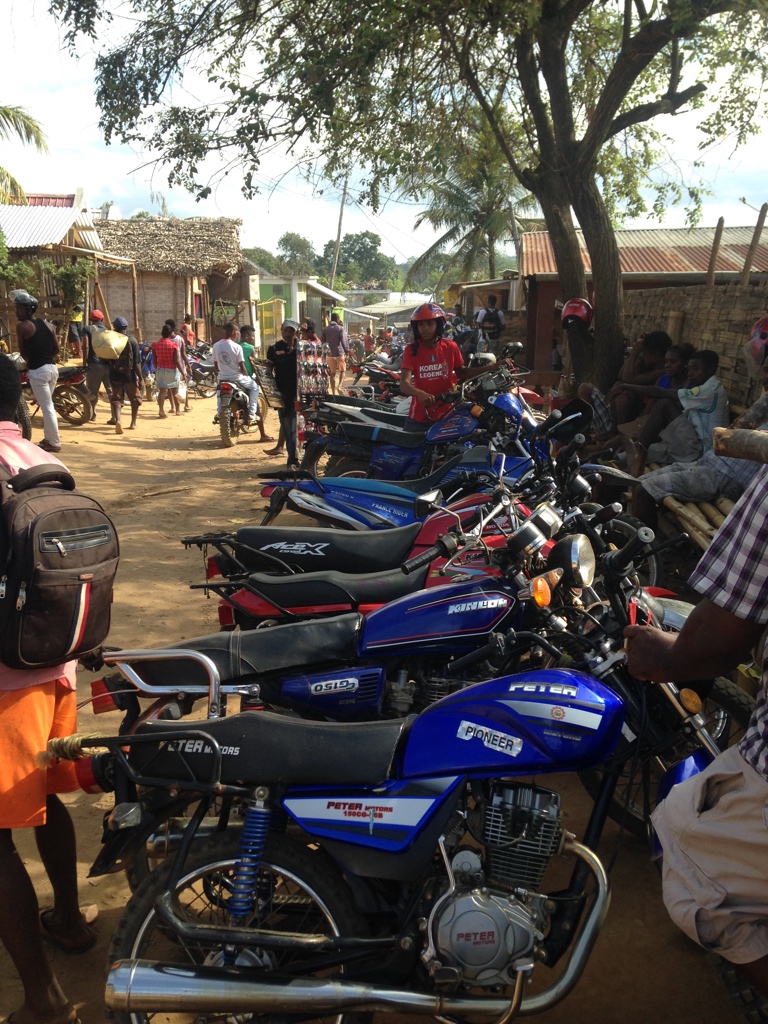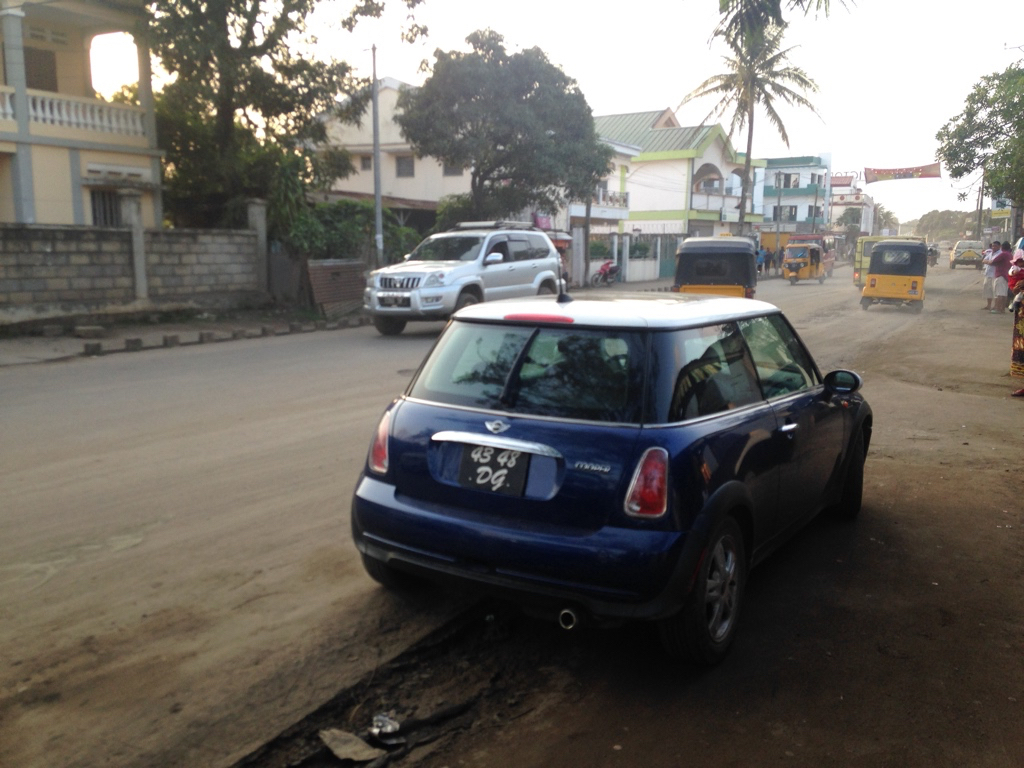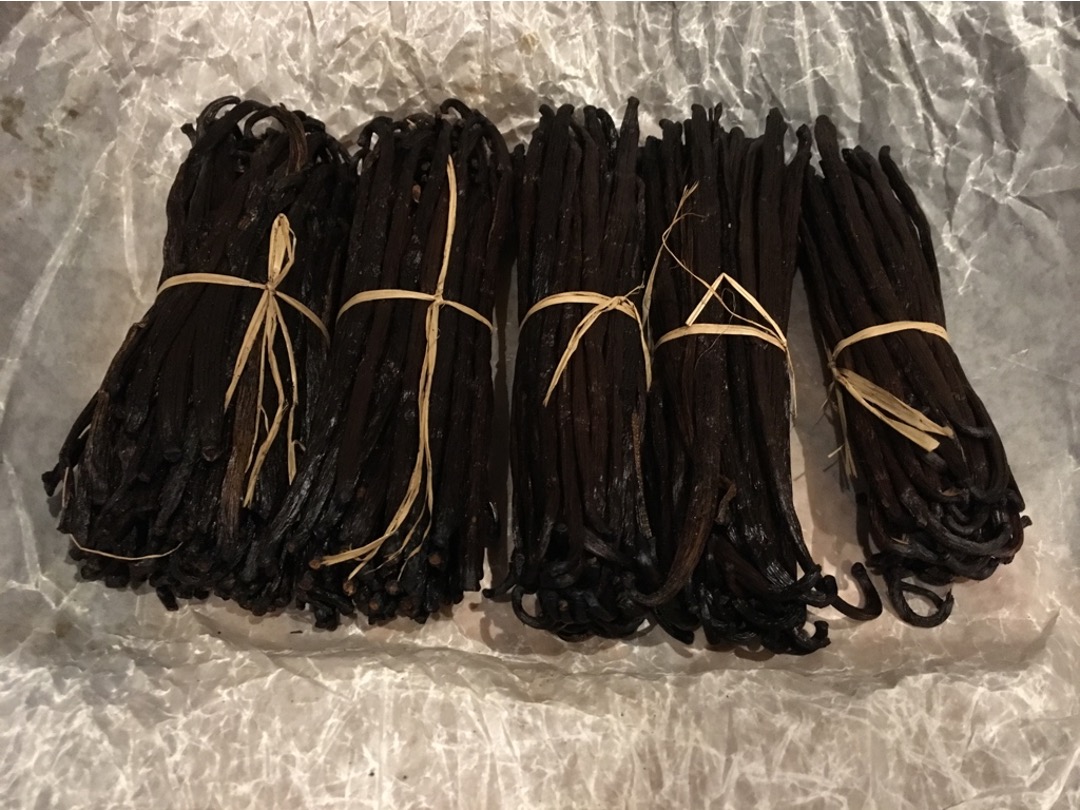After a 5-year boom, prices seem to crash this year.
Time for a thread 🧵on vanilla price volatility, the impact of high prices on smallholders in #Madagascar and what might happen now. 👇👇👇
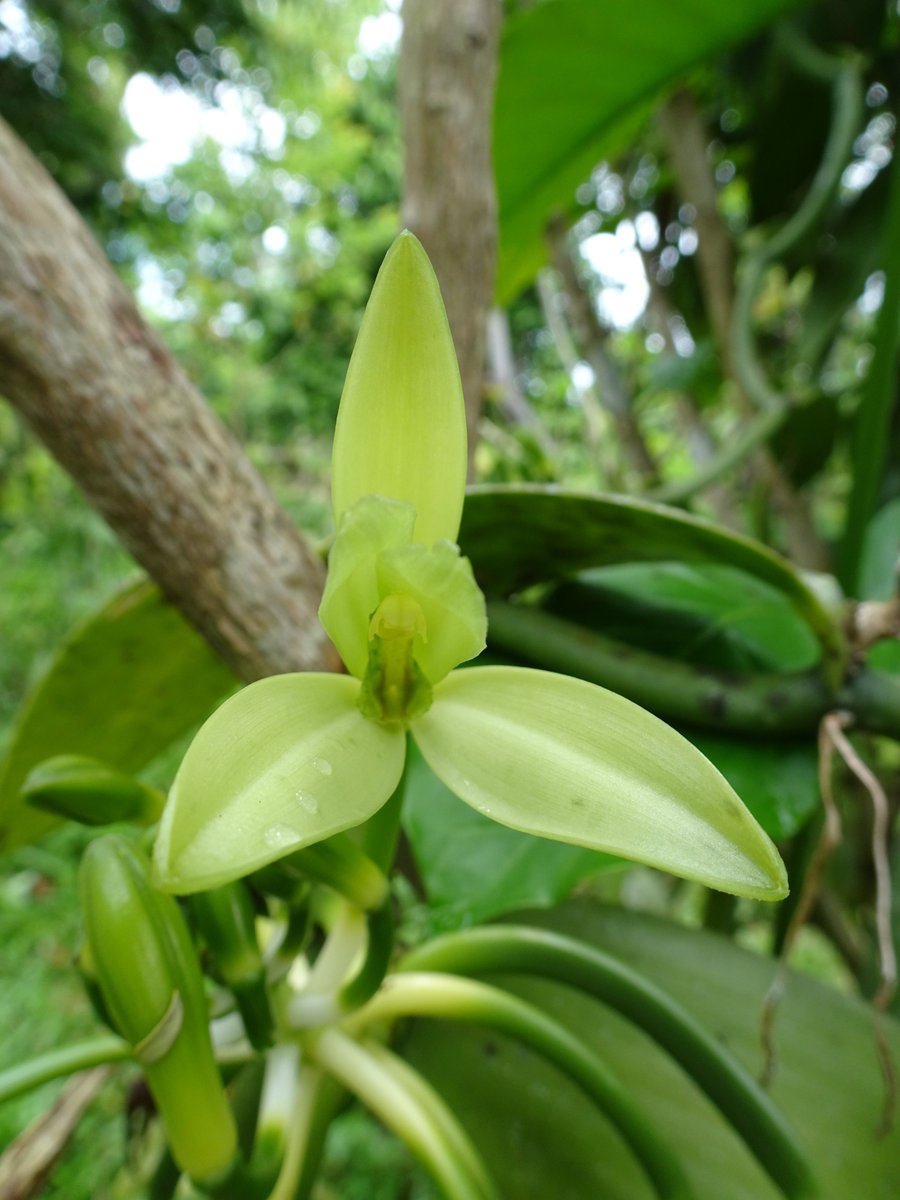
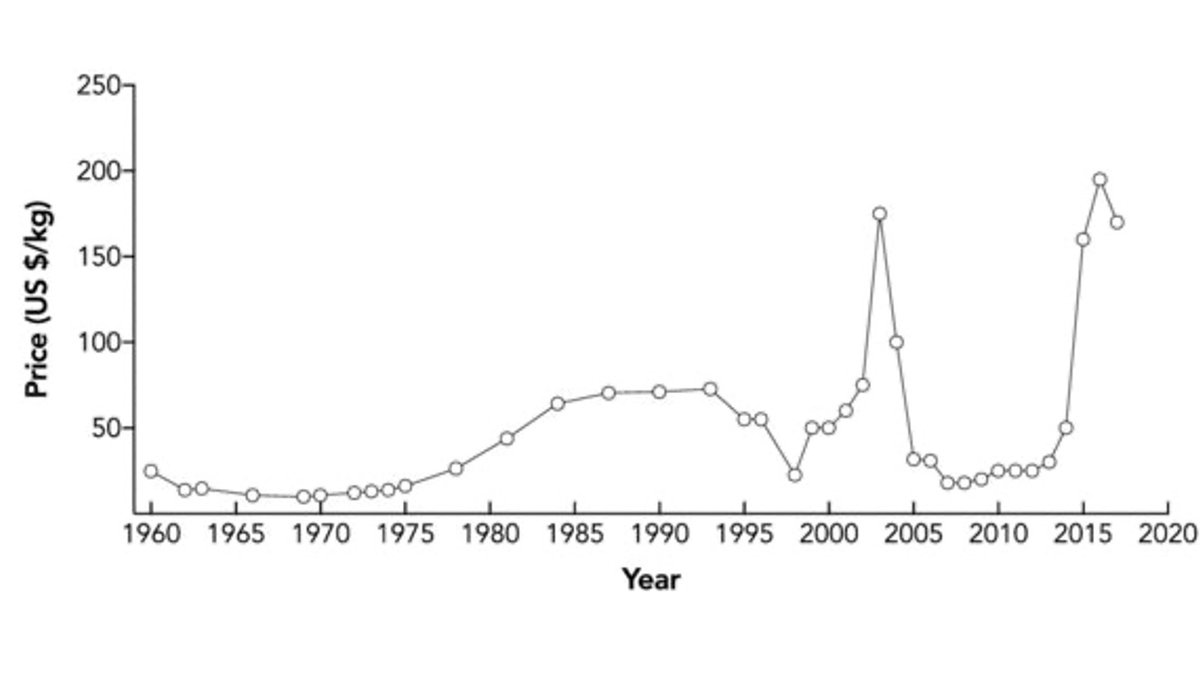

Almost all Malagasy vanilla is farmed by smallholders in the north-east of the country in agroforestry systems.
(Photo by Dirk Hölscher)
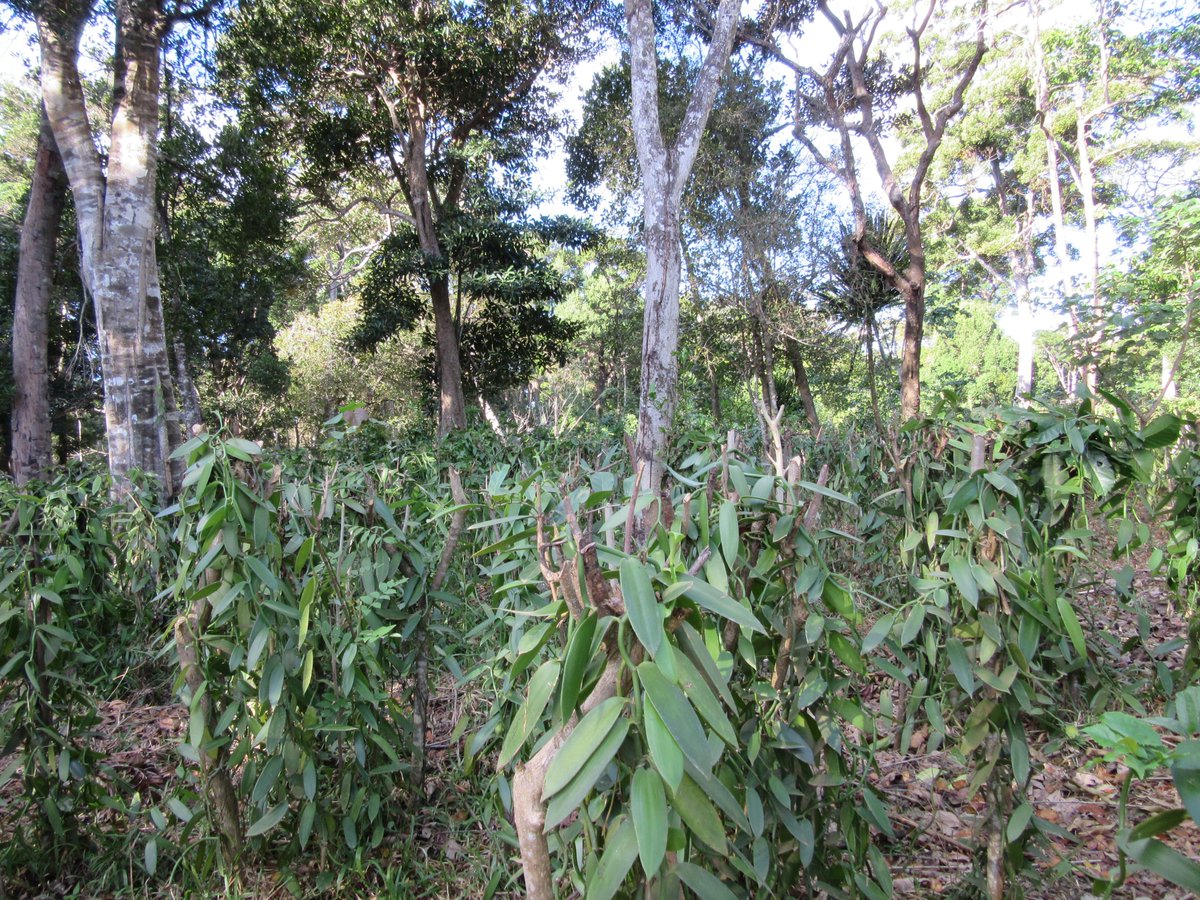
Many factors interact here – let’s name a few. Demand for natural flavours has increased in recent years, cyclones affect vanilla harvests, and speculation contributes too.
Here I talk about it on @channel5_tv back in 2018.
youtube.com/watch?v=zMxour…
When the “new“ vanilla hits the markets, prices crash.
This is one of the results of our @Diversity_Turn baseline survey which you can find here: bit.ly/3d5vOhn
& more in this paper: bit.ly/2TGbUSy
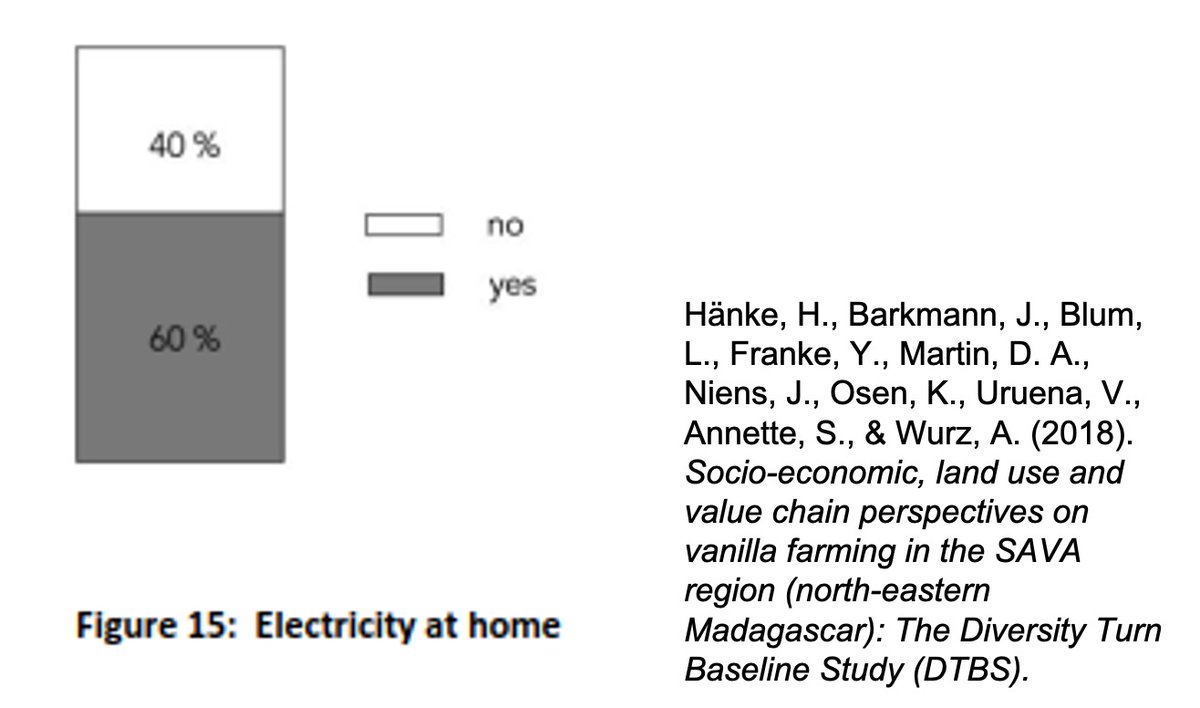
Unsurprisingly, traps are built to deter thieves: Metal spike deterrent (left) and ditch with sharpened bamboo sticks (right - well hidden)
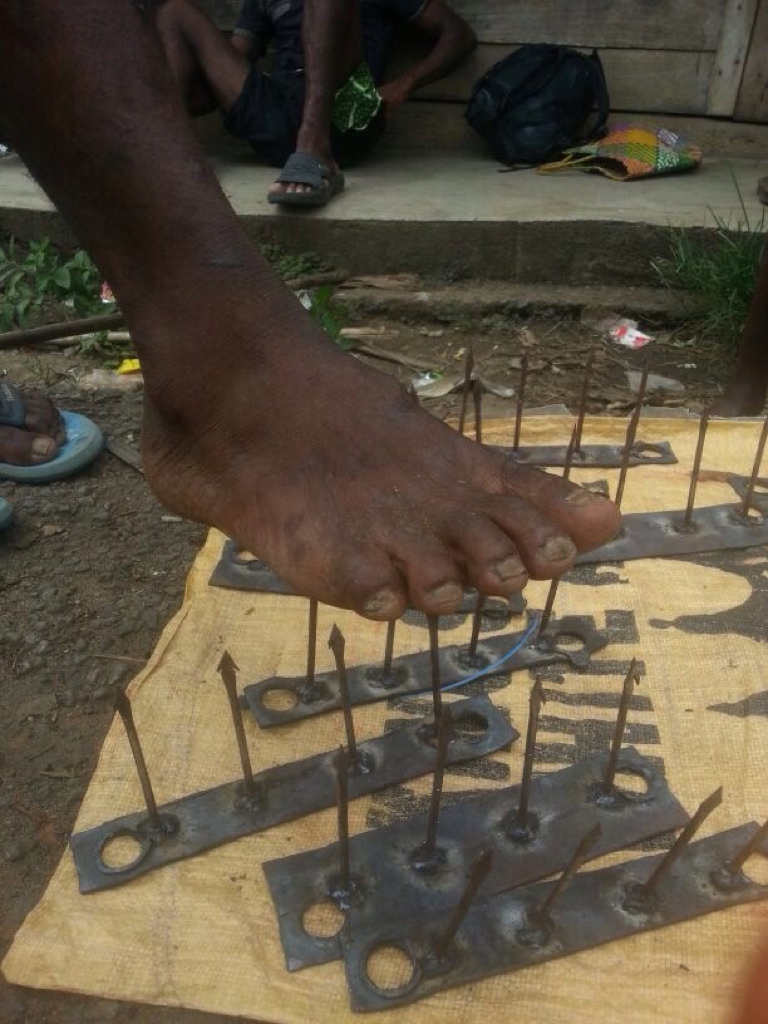
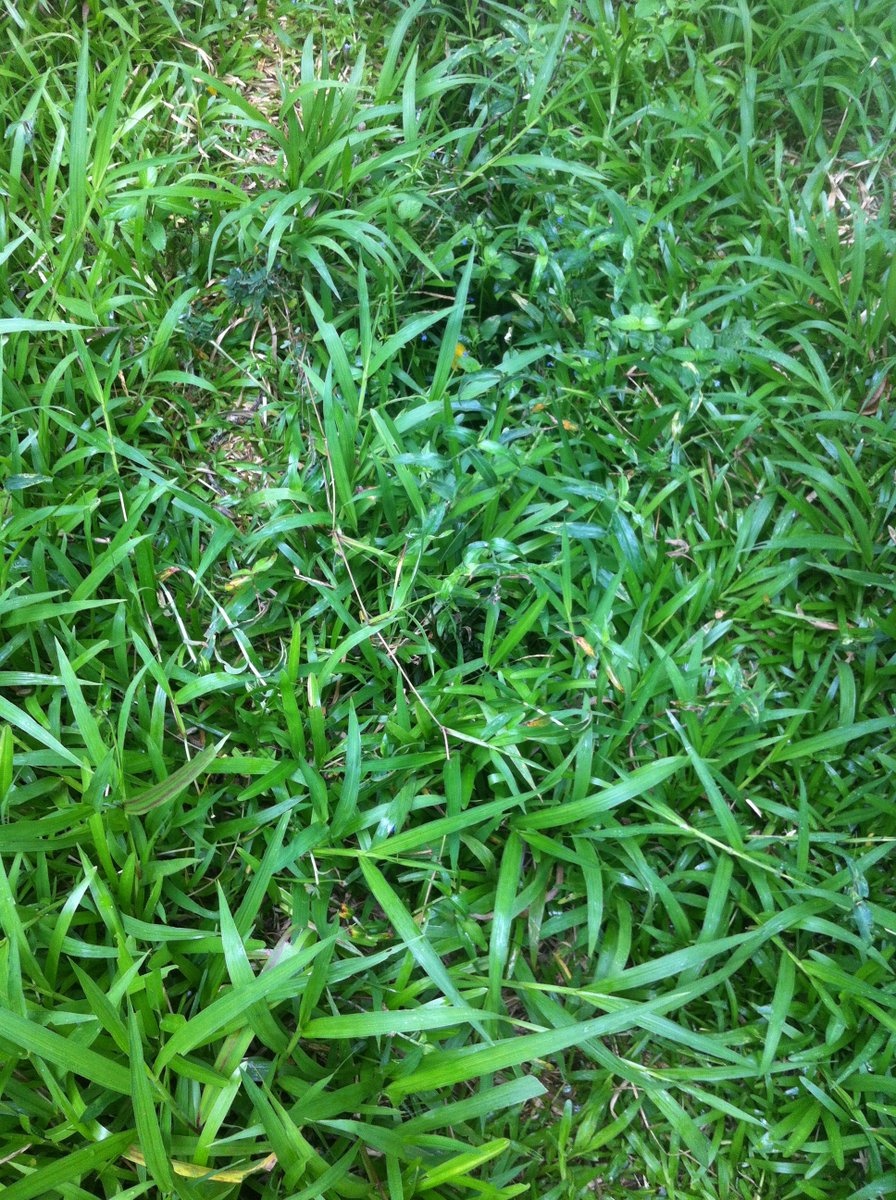
Compared to 2018, the 2019 harvests was only roughly half (likely due to little rain during the flowering season), but prices remained stable.
This pointed towards a crash this year.
While farmers still asked for circa 75€/kg, the traders now only offer roughly 5€!
Final prices will likely drop by factor 5-10 over just one year – which is crazy!
Photo by @labypat, thanks! (follow him!)
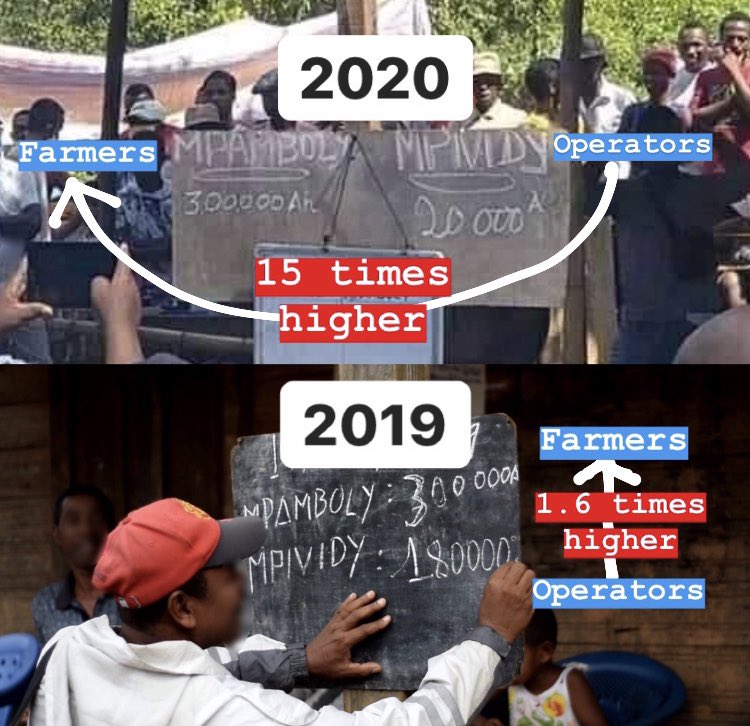
Many investments will not be possible anymore and running costs (including school fees etc.) will be hard to cover for many #vanilla farmers.
(see this paper by Laney and Turner for more: link.springer.com/article/10.100…)
Stable prices of around 25€ per kg green vanilla would be fair, avoid boom-and-bust cycles and allow for sustainable development...
To learn more about #vanilla and land-use change in north-eastern Madagascar you can follow:
@Diversity_Turn / uni-goettingen.de/en/529181.html
@R4Telecoupling
And me @Dominic_Mart :-)
austhachcanada.com/may-2020/

